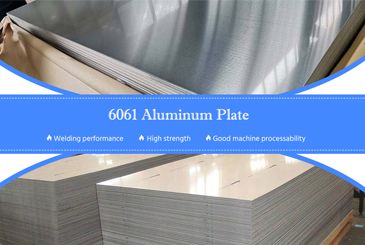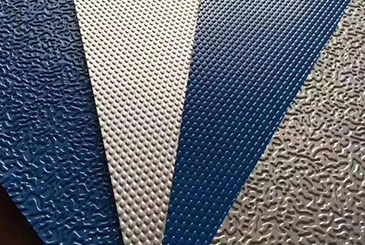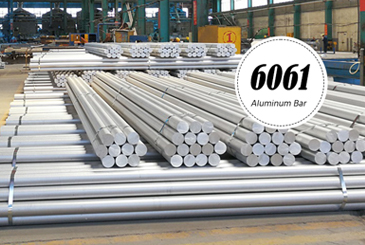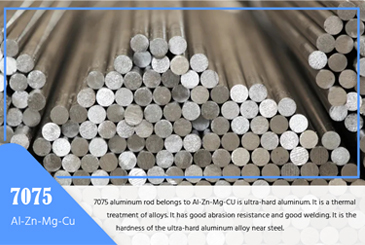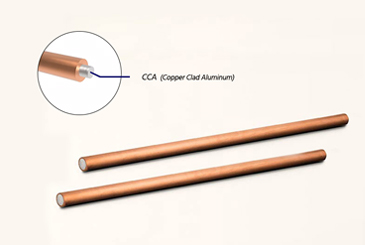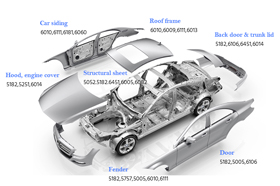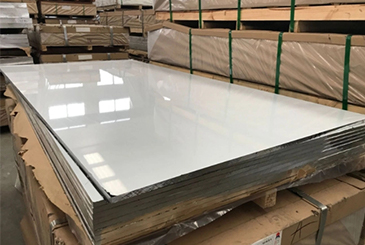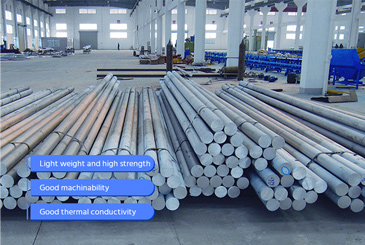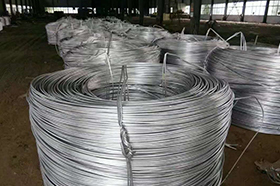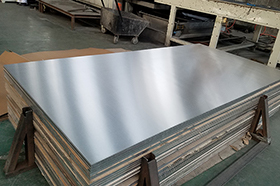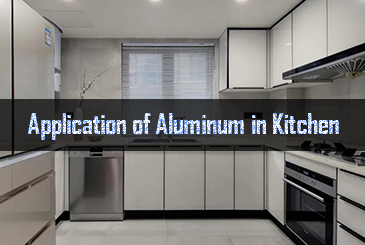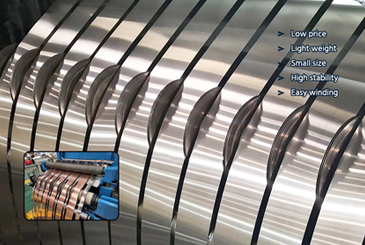1. Heat treatment
A process involving the proper heating, holding, and cooling of metal materials or workpieces to achieve the desired structure and properties.
2. Chemical heat treatment
A heat treatment process where the workpiece is heated and held in an appropriate reactive medium, allowing one or several elements to diffuse into its surface, thereby altering its chemical composition, structure, and properties.
3. Surface heat treatment
A process that changes the surface structure and properties of a workpiece through heat treatment applied only to its surface.
4. Bright heat treatment
A heat treatment process in which the workpiece's surface remains bright and relatively free from oxidation during the heat treatment.
5. Vacuum heat treatment
A heat treatment process conducted in an environment with a pressure lower than 1 × 10^5 Pa (typically 10^-3 to 10^-1 Pa).
6. Controlled atmosphere heat treatment
A heat treatment process carried out in a furnace gas environment with controlled composition to achieve processes such as decarburization prevention, oxidation prevention, or desired carbon content adjustment.
7. High-energy beam heat treatment
A process using high-power density energy sources like lasers, electron beams, plasma arcs, induction currents, or flames to heat the workpiece.
8. Stabilization heat treatment
A heat treatment process to maintain the shape and size of a workpiece within specified limits under long-term service conditions.
9. Deformation heat treatment
A combined process involving plastic deformation and heat treatment to enhance the mechanical properties of a workpiece.
10. Composite heat treatment
A combined heat treatment process that combines multiple heat treatment methods to effectively improve the performance of a workpiece.
11. Annealing
A heat treatment process involving heating the workpiece to a suitable temperature, holding it for a specific time, and then slowly cooling it.
12. Recrystallization annealing
A process where a cold-worked workpiece is heated above the recrystallization temperature, held for a certain time, and recrystallization eliminates crystalline defects formed during cold deformation, resulting in uniform equiaxed grains to eliminate strain hardening effects and residual stresses.
13. Bright annealing
An annealing process where the workpiece's surface remains bright and relatively free from oxidation during the heat treatment.
14. Intermediate annealing
An annealing process carried out between processing steps to eliminate strain hardening effects, improve ductility, and facilitate subsequent processes.
15. Diffusion annealing (homogenization annealing)
An annealing process aimed at reducing the unevenness in the chemical composition and structure of a workpiece, involving heating it to a high temperature and holding it for an extended period, followed by slow cooling.
16. Stress relief annealing
An annealing process performed to remove internal stresses resulting from plastic deformation, machining, or welding, as well as residual stresses in castings.
17. Grain coarsening annealing
An annealing process involving heating the workpiece to a higher temperature than standard annealing, holding it for a prolonged time to promote grain coarsening, thereby improving material machining performance.
18. Double annealing
Two consecutive annealing processes without cooling to room temperature in between.
19. Rapid annealing
An annealing process involving rapid heating of the workpiece to a temperature higher than standard annealing and brief holding using high-energy beams or other sources.
20. Continuous annealing
Annealing carried out using a continuous operation furnace.
21. Vacuum annealing
Annealing performed in an environment with a pressure lower than 1 × 10^5 Pa (typically 10^-3 to 10^-1 Pa).
22. Solution treatment
A heat treatment process where the workpiece is heated to an appropriate temperature and held to dissolve excess phases, followed by rapid cooling to obtain supersaturated solid solutions.
23. Precipitation hardening
A heat treatment process where strengthening phases, such as solute atom clusters and/or dispersed precipitates, form in a supersaturated solid solution, resulting in the hardening of the metal.
24. Aging treatment
A treatment where the workpiece is held at room temperature or above-room temperature after solution treatment or quenching to achieve precipitation hardening. Treatment conducted at room temperature is called natural aging, and treatment conducted above room temperature is called artificial aging.


